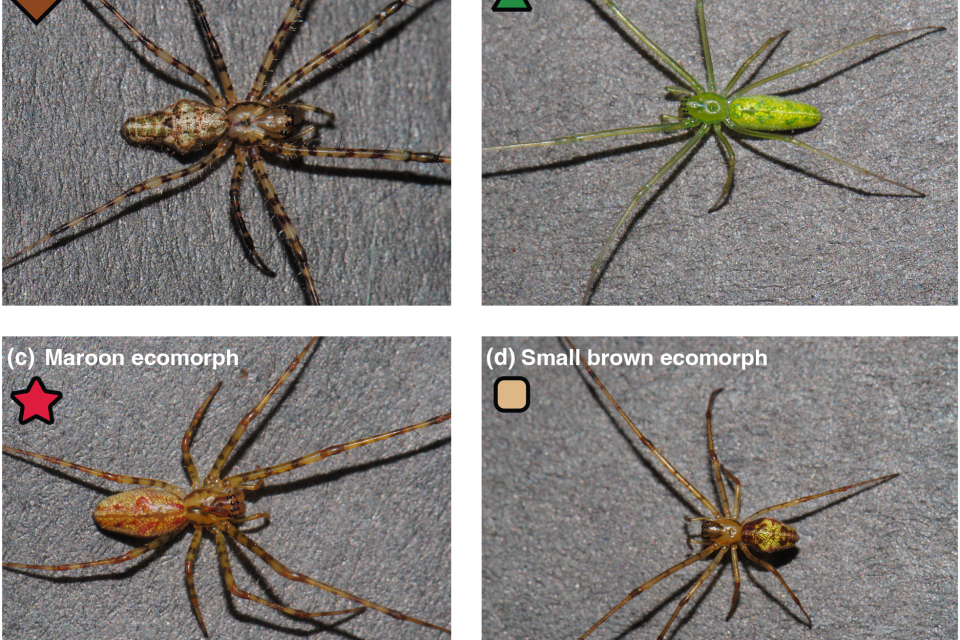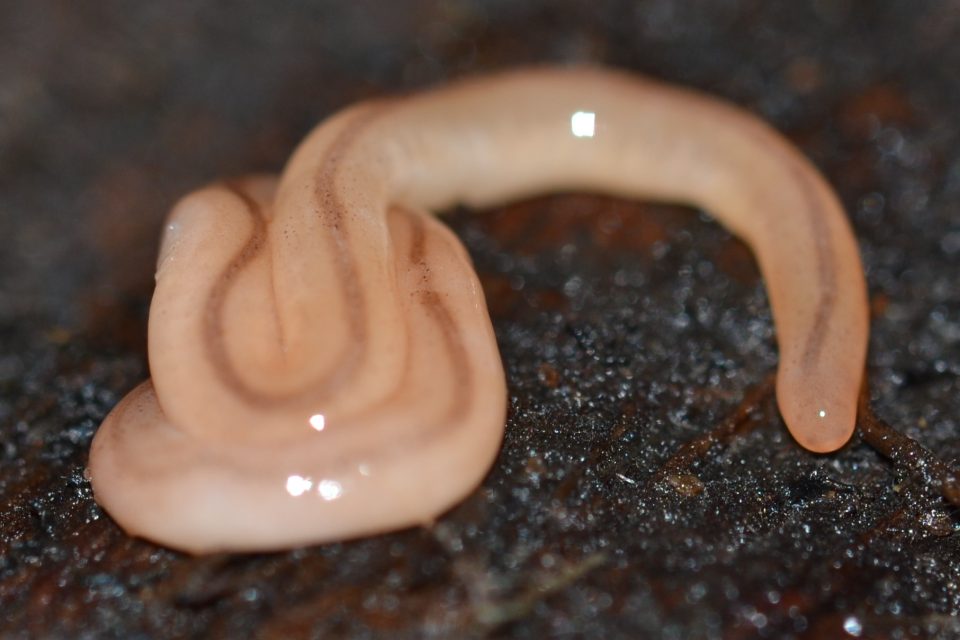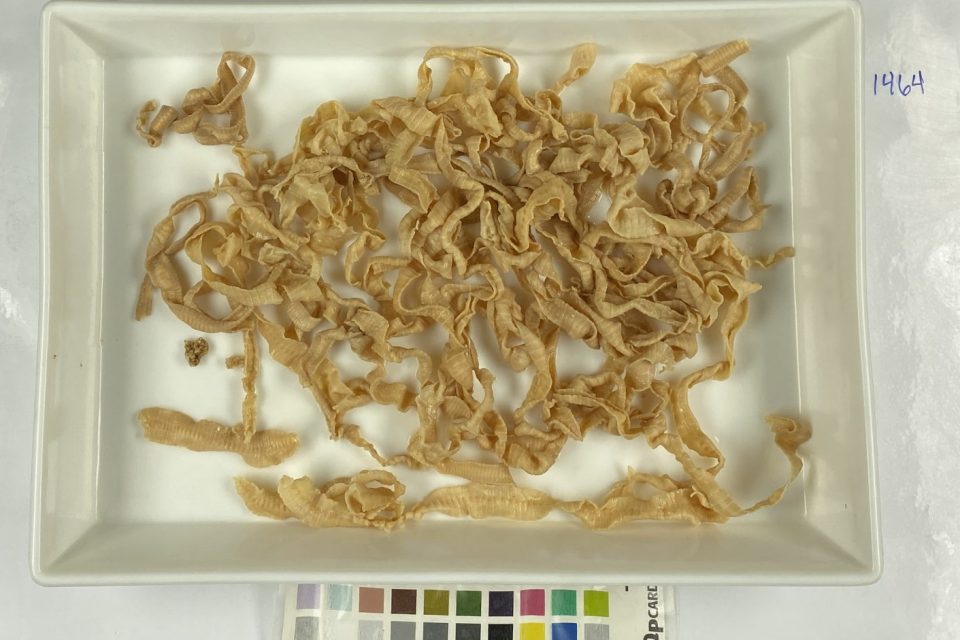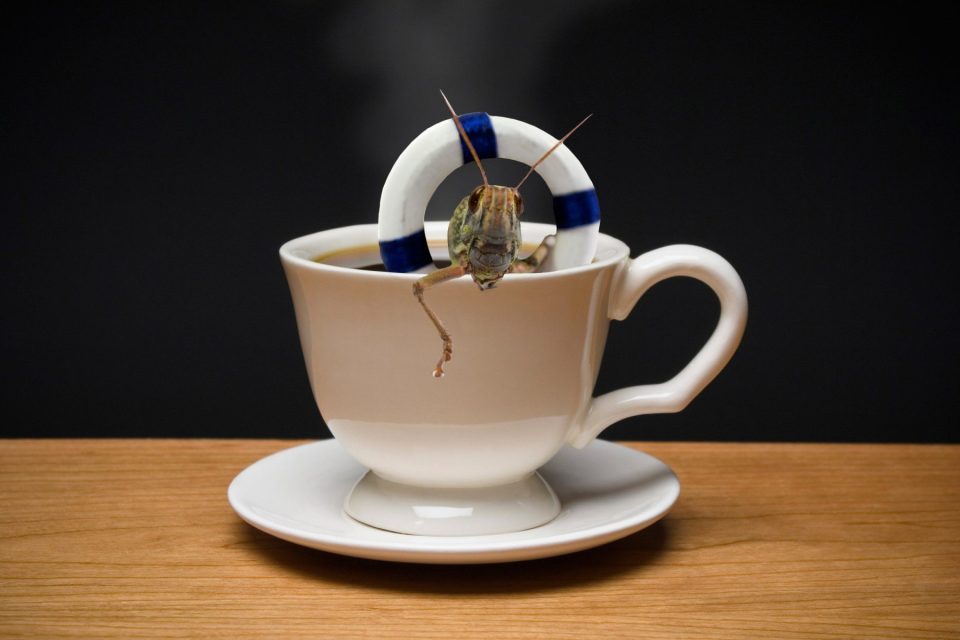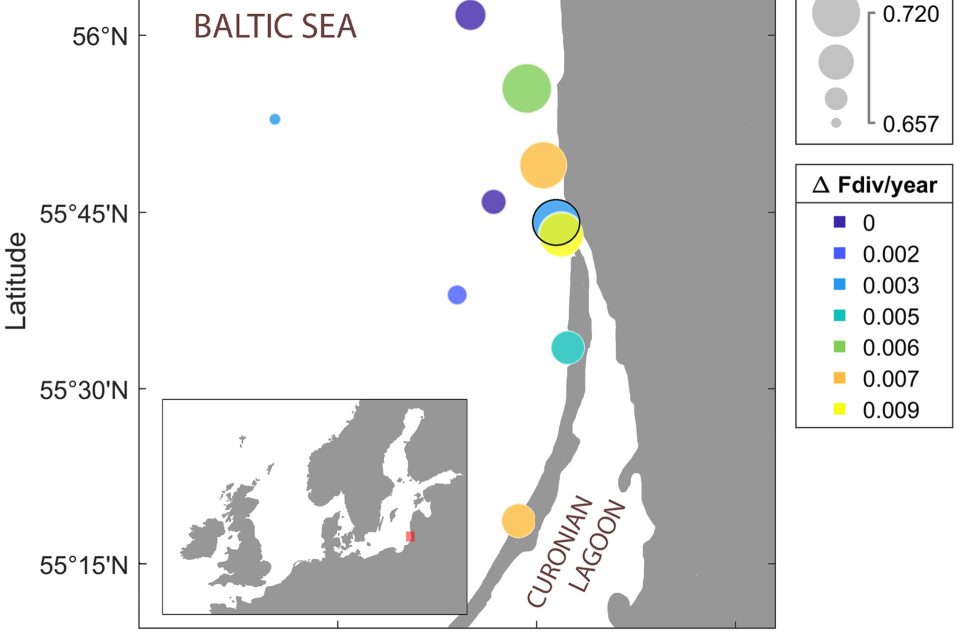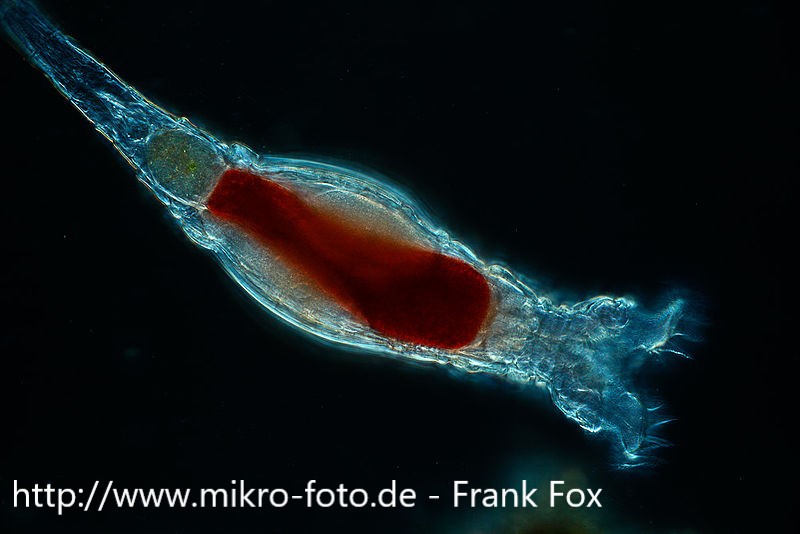
Group of the month: Rotifera
Rotifers, or “wheel animalcules”, are an interesting group of microscopic animals (size between 0.1 and 1mm in length) commonly found both in fresh water and terrestrial habitats; although less number of species have been described, marine rotifer species exist too. In regards with their classification, rotifers belong to […]
